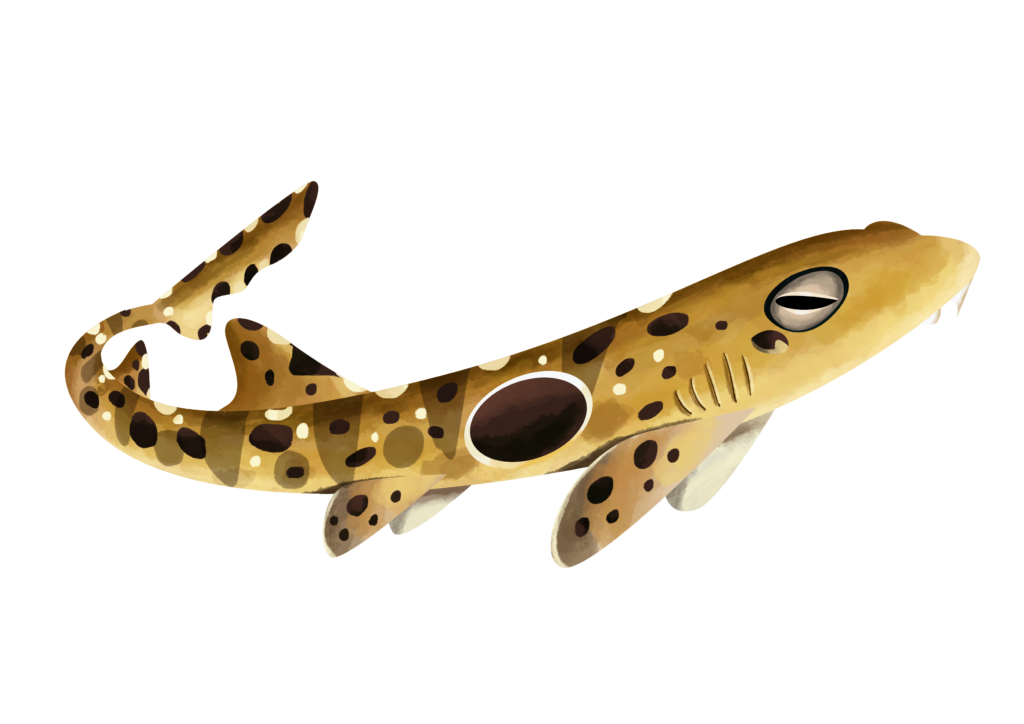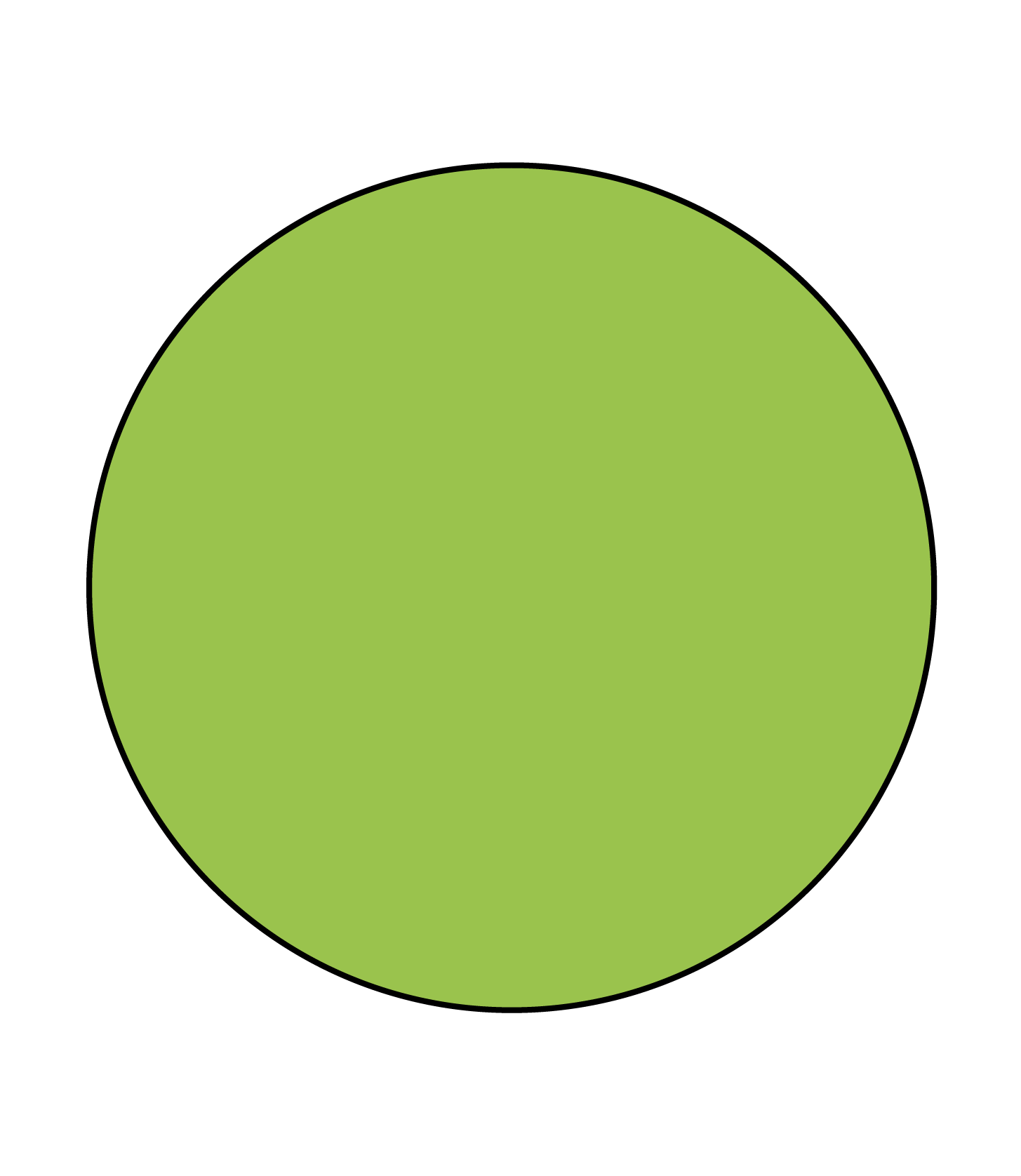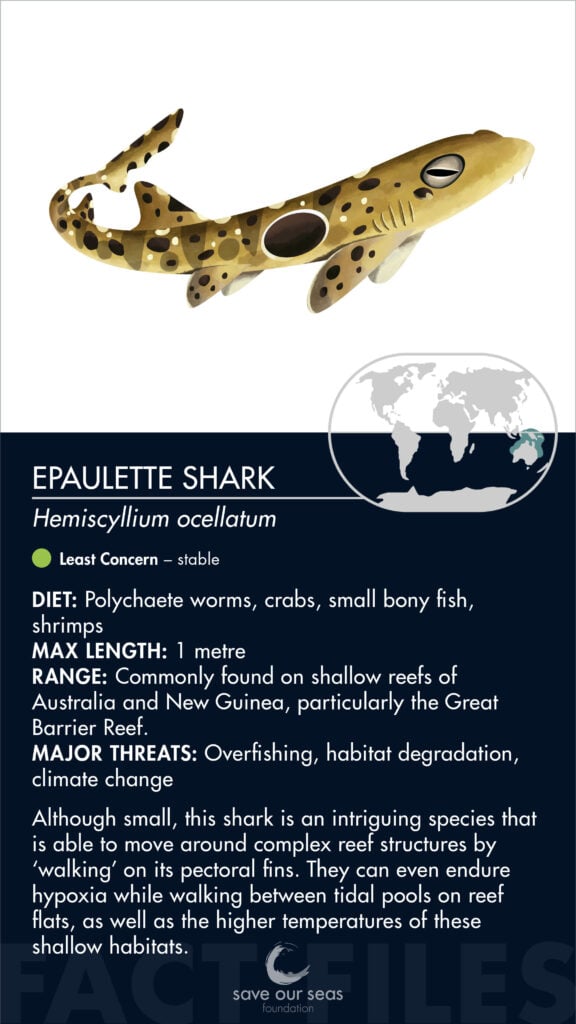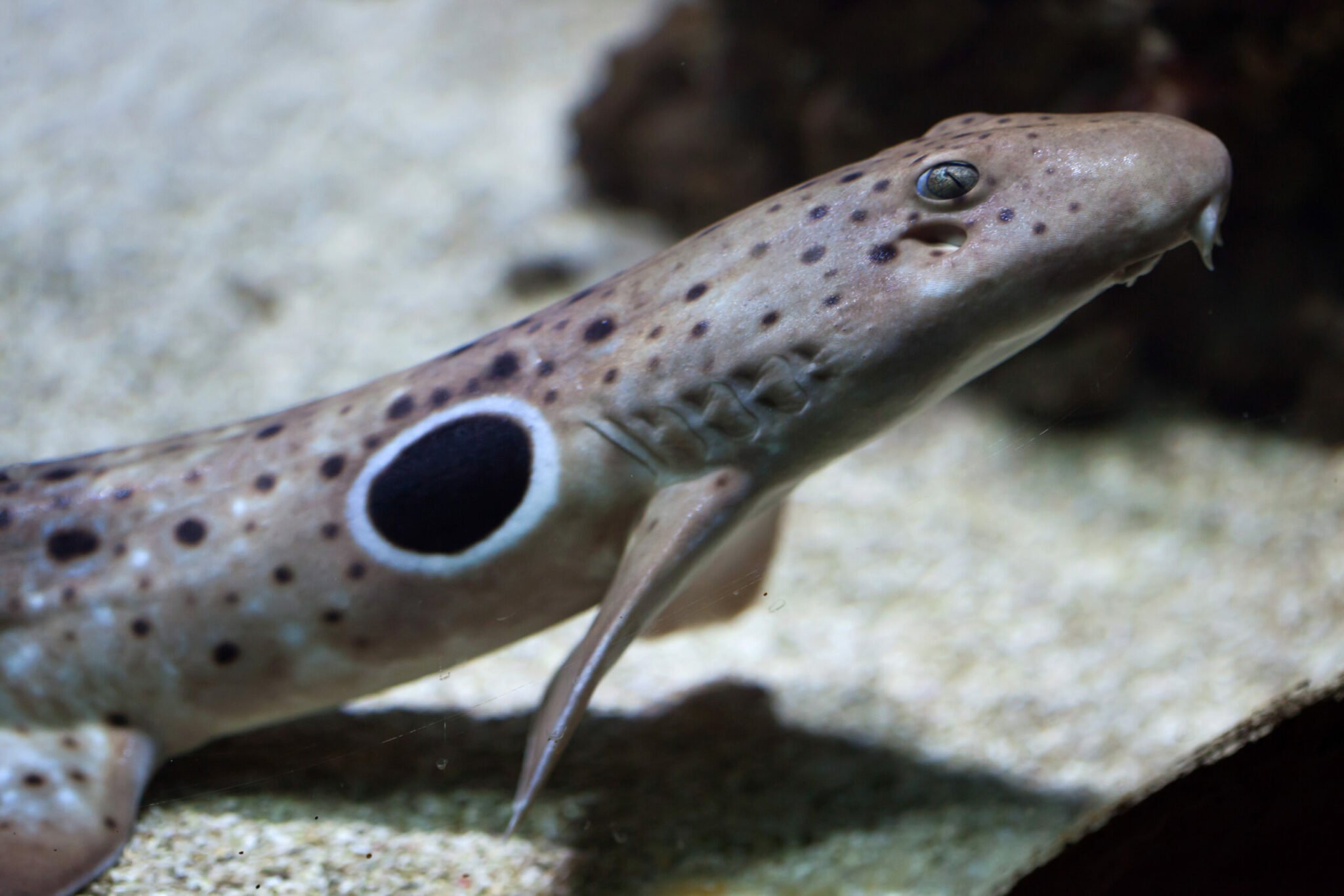Epaulette shark
Hemiscyllium ocellatum



Although small, the epaulette shark is an intriguing species that is able to move around complex reef structures by ‘walking’ on its pectoral fins between tidal pools and reef flats, enduring low oxygen levels while out of the water and seeming resilient to the higher water temperatures of these shallow habitats.
Identification
Epaulette sharks are very distinctive. They are small (± 1 m) and slender, with a large black spot ringed in white on each side, from which they get their name. They also have a short, rounded snout and paddle-shaped pectoral and pelvic fins, which they use to walk. Otherwise, the body is a pale brown with dark brown spots.

Special behaviour
Epaulette sharks have the ability to walk (albeit slowly) over land, and endure low oxygen levels (hypoxia) for short periods. This allows them to move between and forage in tidal pools that become separated from the ocean, and which are inaccessible to other predators. The walking ability is possible through specially adapted paddle-shaped fins that have modified musculoskeletal attachments.
Reproduction
Epaulette sharks are oviparous, meaning they reproduce by laying eggs that are each sustained by a yolk sac and left unattended on the seafloor. Females mature at a length of around 0.6 m, and are capable of producing up to 50 egg cases per year (although typically only two are produced at a time). Fibrous strands from the eggs help them entangle on the seafloor, and they tend to hatch after a gestation of about 120 days, with new born pups being barely 0.2 m long.
Habitat and geographical range
Commonly found on shallow reefs of Australia and New Guinea, typically no deeper than 40 m, with a particular abundance on the Great Barrier Reef. They display a preference for shallow, tidal areas of reef and regularly use the shallow pools to forage in. Although the pools tend to be warm and hypoxic, the epaulette shark is able to endure these conditions due to special physiological adaptations.

Diet
Epaulette sharks mainly feed in reef flats and tidal pools, where they forage in sandy substrates to find their prey. Their diet primarily consists of polychaete worms, small fish and crustaceans. As epaulette sharks mature, their diet moves more from polychaete worms to fish and crabs. They are most active at dusk and dawn, and a combination of sensitive nasal barbles and keen electroreception help them find their prey in the sand.
Threats
There is limited exploitation of this species in the bulk of its range in Australia, where it is primarily collected for the aquarium trade. Although currently unknown, the impacts of climate change could impact their ability to forage in hypoxic environments and the development of their embryos. They are under some threat in New Guinea from overfishing, habitat destruction and pollution, but there is currently insufficient data and further monitoring is required. Consequently, this species is considered Least Concern by the IUCN.
Relationship with humans
The primary relationship epaulette sharks seem to have with people is fascination – it is a favourite in aquaria and in wildlife documentaries for its unusual walking habit. There is little known exploitation of them, but the extent of their capture in areas such as New Guinea requires further investigation.
Fun facts
Epaulette sharks are able to walk, both along the seafloor and across land, for short distances due to specially adapted pectoral fins and musculature.
They are also capable of surviving on very little oxygen for up to an hour and tolerating increased temperatures while foraging on reef flats and in tidal pools.
References
David A. Ebert. et al, 2021, Sharks of the World: A Complete Guide.
IUCN Red List of Threatened Species, Bonnethead Shark: Sphyrna tiburo
Florida Museum, 2018, Sphyrna tiburo




